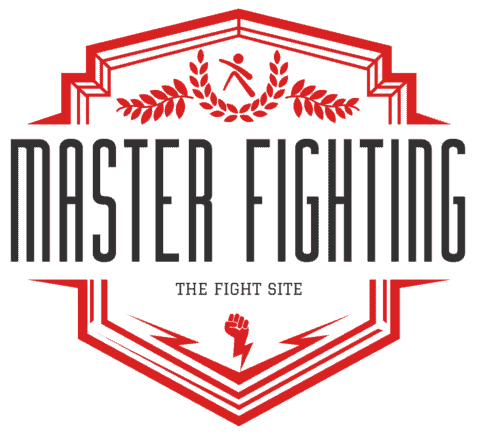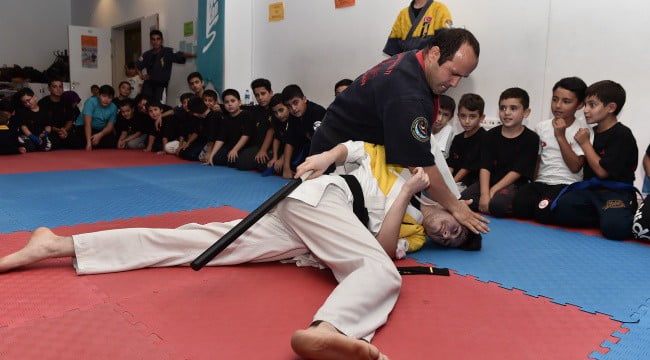GongKwon Yusul – The Korean Martial Art
GongKwon Yusul is a Korean martial art that was developed by Kang Jun. The art is also fairly new. It primarily stems from the well-known art Hapkido along with other forms of Korean martial arts such as Hankido.
Additionally, GongKwon Yusul also incorporates judo, western boxing and Brazilian jiu-jitsu. The art is just over 20 years old as its inception was in 1996. While GongKwon Yusul has become widely popular across Korea, it still isn’t well known worldwide. However, the art is starting to build an international presence.
Dojangs (the area of learning in GongKwon Yusul) have been opened in several countries outside of Korea. Brazil, Australia and the United States are just some of the countries to start to take notice of the new art.
GongKwon Yusul Ranking System
Like most martial arts GongKwon Yusul also features a ranking system for participants. It’s seen as an important aspect of many martial arts including ranking systems.
GongKwon Yusul This is done in order to measure the progress of individuals attempting to master an art. Because this art retains many traditional features of traditional martial arts, its ranking system is familiar.
There are 7 different belts that can be acquired in GongKwon Yusul. In order of accomplishment, these are:
- White
- Yellow
- Green
- Blue
- Red
- Brown
- Black
A notable black belt in this art is famous country singer Willie Nelson. Nelson’s experience in the art can make him somewhat accredited for it being brought to America.

Four Principles of GongKwon Yusul
In this art, things are kept simple in order to simplify learning. There are four principles to study and apply.
- The first is Matdaegi. This principle is based around the usage of back-of-hand contact in practice.
- The next is the principle of creativity. Knowing your opponent is an Achilles heel on both sides of a fight. GongKwon Yusul attempts to prevent such knowledge from being shared by inspiring creativity. The art prompts practitioners with due knowledge to combine techniques to enact effective combinations.
- The third principle is harmony between Eum and Yang. Harmony is a key part of this art. When two individuals have trained separately they should be able to come together harmoniously to perform techniques.
- The last principle is Samwonbon. Samwonbon is a list of 10 essentials of GongKwon Yusul. These include; the quest to learn martial arts, finding the principles, finding the techniques, becoming comfortable with the methods, learning the strategy, realizing the way of martial arts, respecting applications, returning to the methods, letting go of the principles and forgetting the way.
GongKwon Yusul Techniques
Prior to delving into any art as a means of self-defence, It is also important to know the basics of what you’re going to learn. Knowing how a style flows is pivotal prior to its use.
Learning a martial art isn’t something to be taken lightly. It takes both time and effort. The art becomes a part of you as a person. So it is important to be in touch with yourself. What type of person are you? Aggressive, Neutral or Passive? Are you one to favour fight or flight?
It’s very important to be able to answer these questions being attempting to learn a martial art. By being in touch with yourself you can choose the way you want to fight.
GongKwon Yusul inspires an aggressive yet free-flowing style of fighting. It highlights the use of locking, striking and throwing. As the art primarily originates from Hapkido it differs from that style mainly through techniques used with the hands and on the ground.
GongKwon Yusul’s groundwork strategies mainly stem from Judo. Additionally, its hand techniques are mostly based on Western Boxing.

Author Bio
Hi, I am William. I started out in martial arts with Goshin Ju Jitsu when I was 7 years old. I am passionate about martial arts and love sharing everything I learn. I created Master Fighting to become a resource for learning about martial arts and alternative fighting styles. Learn more about me.






